Ever wondered what fossils might have meant to our ancestors in older times, when the concepts of geology, evolution, and palaeontology were still to be uncovered? The scientific field of palaeontology (study of fossils) was formally established only in the 18th century. People in the Middle Ages to the beginning of the 18th century believed fossils to be the creations of the devil or a higher power. Surely, they would have come up with reasons and explanations that seemed most logical and reasonable to them and their schools of thought.
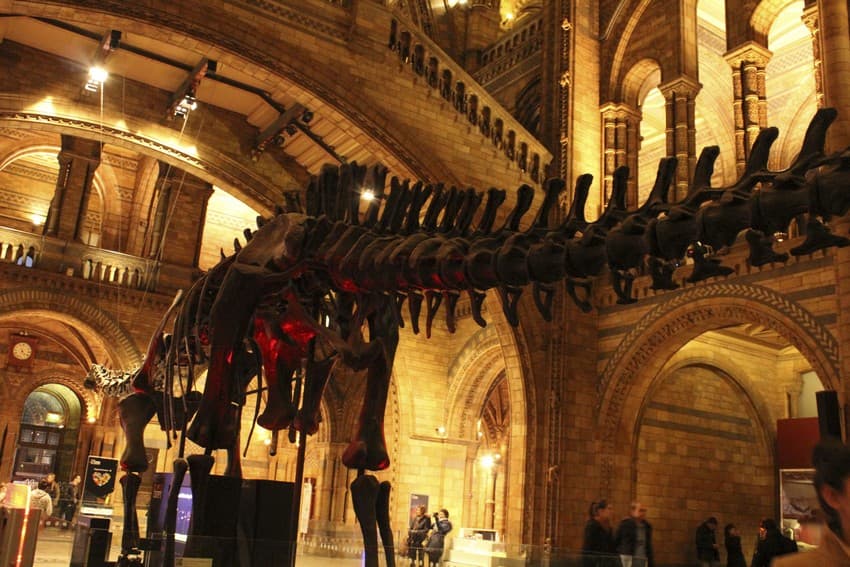
Photo: Purva Variyar
But to us, today, those very explanations and theories are better known as myths, folktales or folklores. These folktales differed from region to region and also in their scale of bizarreness. For example, people in ancient China believed dinosaur skeletons to be the remains of flying dragons!
They were obviously wrong.
Or were they?
Read on as we bust some ancient myths for you…
Ichthyosaur

Photo: Purva Variyar
Legend – Ichthyosaur fossils were thought to be the bones of sea dragons which had managed to survive the Great Flood and are believed to still be in existence in our oceans! So now you know the source of various rumoured sea monster sightings.
Fact – The ichthyosaur, whose Greek name literally translates to a ‘fish lizard’, was a marine reptile that swam the waters during the mid-Triassic period to the near end of the Cretaceaous period i.e. about 245 million years to approximately 90 million years ago. The largest of the ichthyosaurs have been known to grow up to 12-15 m. in length! They closely resembled the modern-day dolphins.
Trilobite
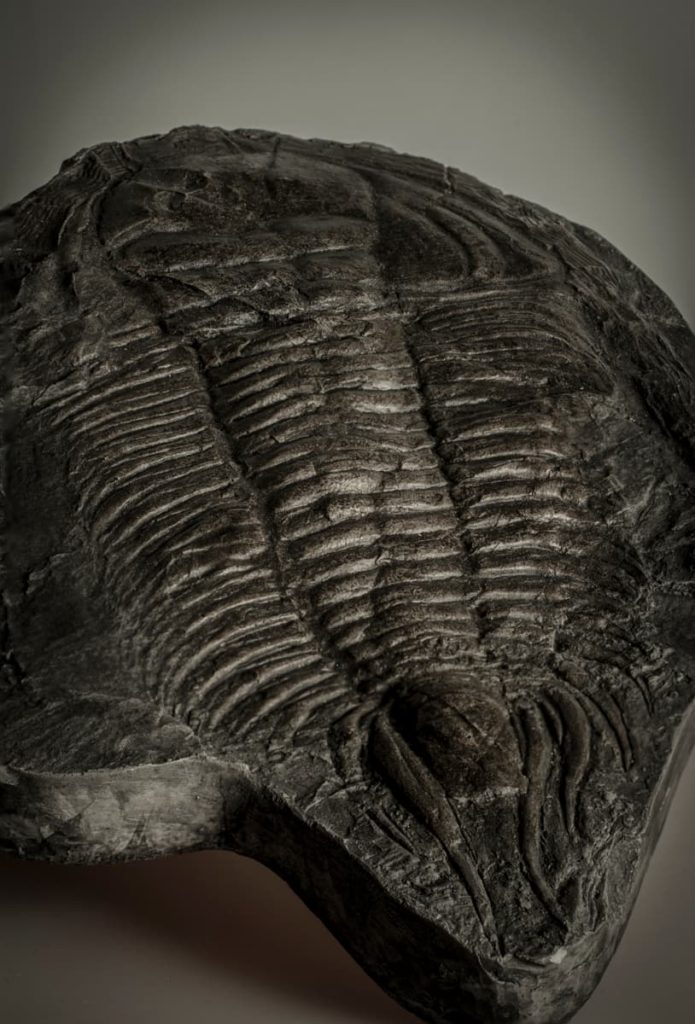
Photo: Purva Variyar
Legend – Early natives of the Carmarthen region of Wales believed trilobite fossils to be ‘petrified butterflies’ cursed by a magician named Merlin, of the Arthurian legend! The native Indians of Utah, United States, also adorned trilobite fossils as amulets and necklaces to ward off evil spirits!
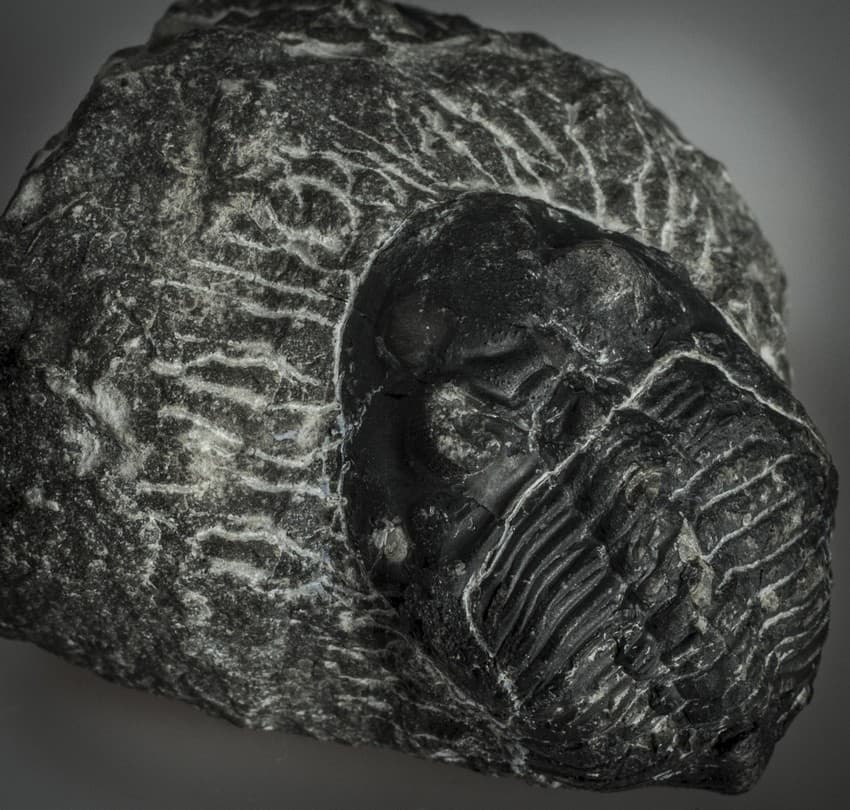
Photo: Purva Variyar
Fact – Early hard-shelled marine arthropods, the trilobites, first appeared on the sea beds around the beginning of the Cambrian period, about 540 million years ago and were around until 250 million years ago. They managed to survive on the planet for a staggering 300 million years and this makes trilobites one of the most successful class of animals to have ever lived! A trilobite consisted of a hard exoskeleton with a multiple segmented body and several pairs of jointed limbs that helped it dominate the ocean floors at the time. Fossils of more than 20,000 different species of trilobites are so far known to science.
Ammonite
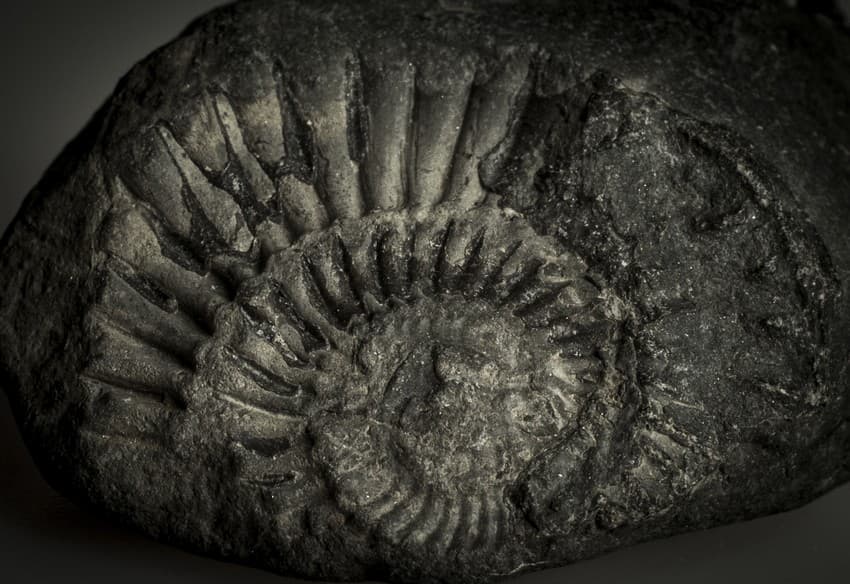
Photo: Purva Variyar
Legend – The coiled structure of the ammonite fossils led people to believe that they were serpents which were turned to stone! The ammonite fossils were even called ‘snakestones’ in England. The snakestones legend dates back to the seventh century England. Eyed as being associated to the Devil in early days of Christianity, the snakes were believed to have been cursed by certain monks and nuns who cast spells petrifying them. There is even a 19th century poem ‘Marmion’ penned by Sir Walter Scott to this effect –
And how, of thousand snakes, each one
Was changed into a coil of stone,
When holy Hilda pray’d;
Themselves, within their holy bound,
Their stony folds had often found.
Ammonite fossils of all sizes, ranging from pebble-sized to the size of a large cartwheel gave birth to diverse folklores across the world!
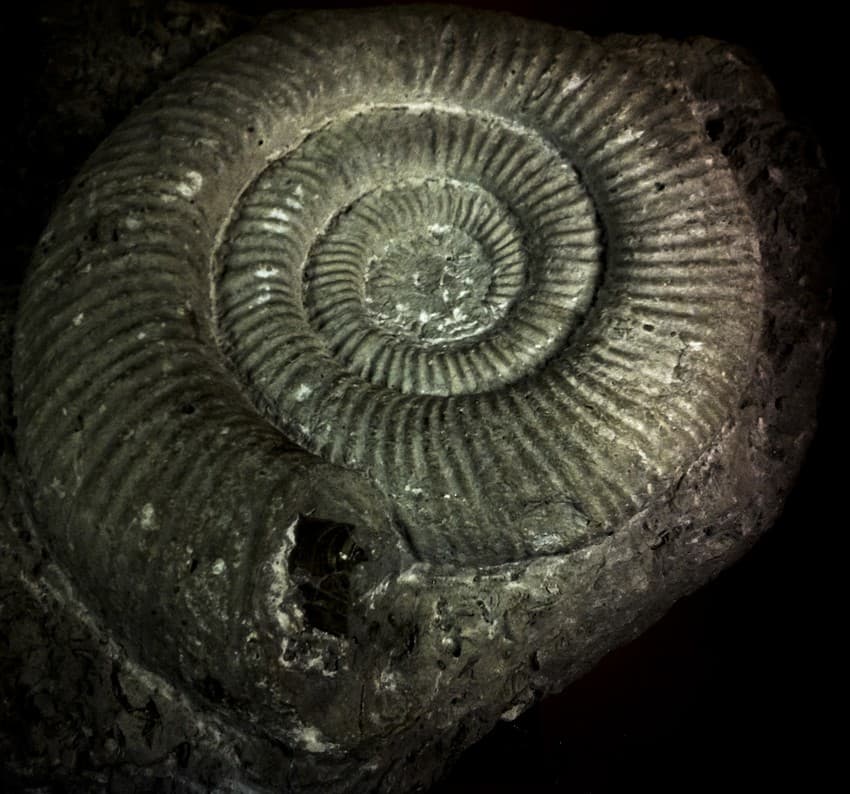
Photo: Purva Variyar
Fact – The ammonite was cephalopod mollusc that lived in the seas during the beginning of the Jurassic period until the end of the Cretaceous period i.e. approximately 200 million to 65 million years ago. These prehistoric creatures with their spiral shells are the very early, extinct relatives of today’s octopuses, squids, cuttlefish and the nautilus. Though ammonite fossils are the most abundantly found fossils the world over, no one knows what the soft-bodied owners of these shells looked like, as only their hard, exterior shells were ever fossilised!
Pterosaur
Legend – Stories of pterosaur or pterodactyl sightings are numerous. In fact, many claim to have seen them and there are even photographs that have circulated for decades of people with captured pterodactyls (Google it. You will be taken in by how real they seem!). They certainly are clever hoaxes. If these stories are to be believed, pterodactyls are still in existence today around the border between southern Arizona and Mexico! Outlandish claims include spotting a reptile flying over the desert with a wingspan as long as 30 m. to 45 m.!
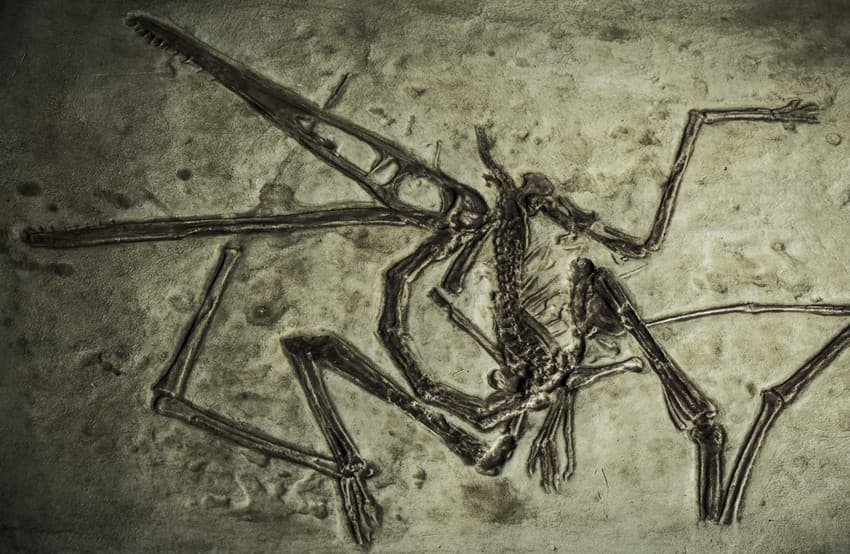
Photo: Purva Variyar
Fact – The pterosaur was a flying reptile that glided through the skies through the late Triassic period to the close of the Cretaceous period, about 220 million years to 65 million years ago. Pterosaurs belonged to genera Pterodactylus and Pteranodon. While some species were crow-sized, some boasted of wingspans as large as over 10 m.! Interestingly, birds haven’t descended from these flying reptiles, but rather evolved from their feathered, terrestrial dinosaur ancestors!
Even today, fossils exert a mysterious and fascinating grip on our collective imagination. Who is to say that some of our scientific speculations and theories may not get turned on their heads with newer and constant advancements in the field of palaeontology. And those may come to be regraded as scientific folklores long after our time.
Close your eyes, draw in a deep breath, and let these marvellous pieces of knowledge sink in.
——————————————————————————————————————————————————————
About the Author: Purva Variyar is a conservation and science writer at the Wildlife Conservation Trust, India.
Disclaimer: The author is associated with Wildlife Conservation Trust. The views and opinions expressed in the article are her own and do not necessarily reflect the views and opinions of Wildlife Conservation Trust.
——————————————————————————————————————————————————————
Your donations support our on-ground operations, helping us meet our conservation goals.
——————————————————————————————————————————————————————
Related Links
- About Us
- Why Won’t We Acknowledge the Mammoth in the Room
- An Encounter with a Sloth Bear
- Wildlife Trafficking: Here’s What You Should Know
- Kanhargaon is state’s 50th wildlife sanctuary

